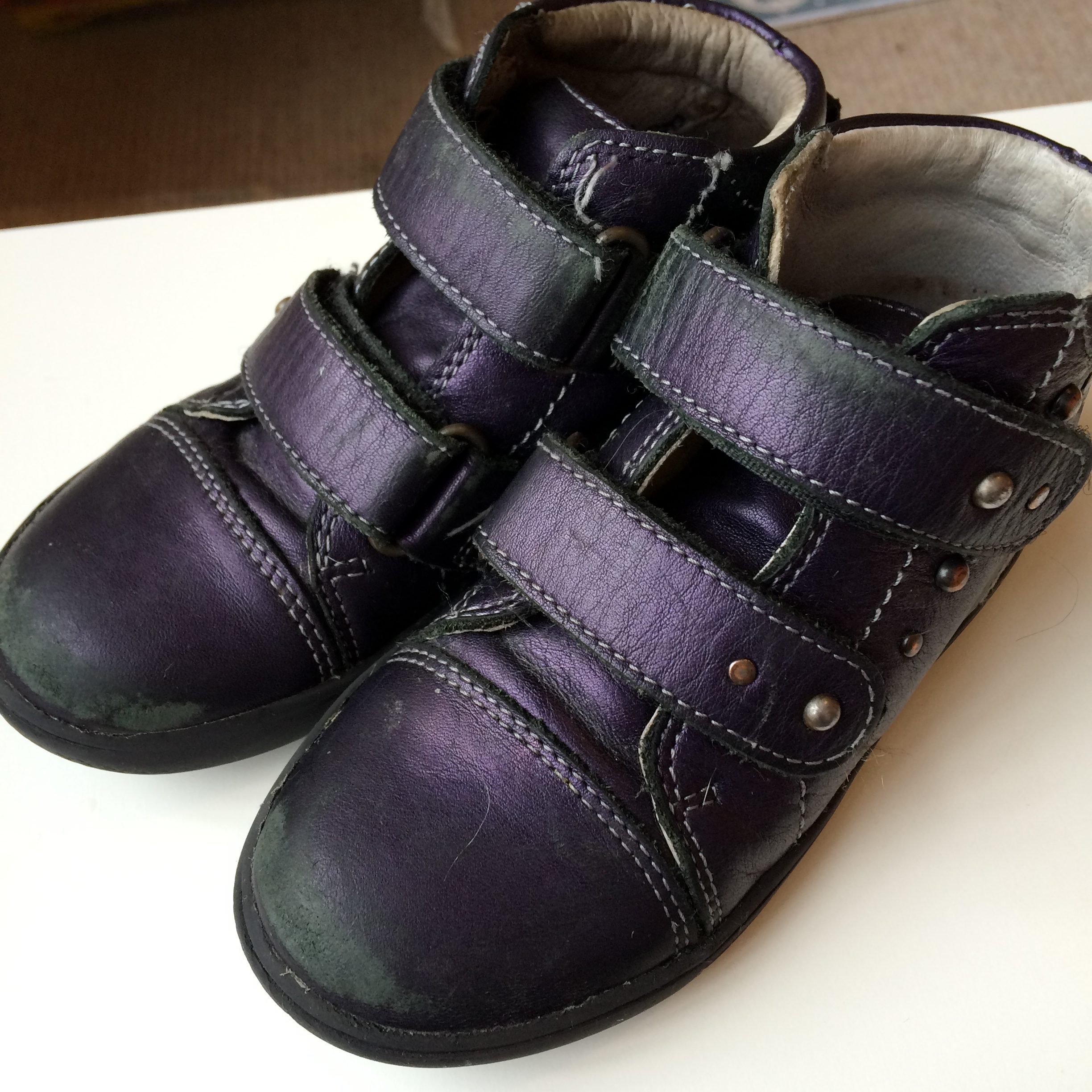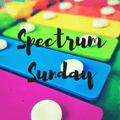EJ is delighted to get back to school after the summer holidays! She has no formal communication (or at least not that we understand……yet!?) but it was clear from the excited bouncing in her chair and her lovely big grin that she knew exactly where she was and was raring to get back to a routine, fun activities and way more stimulation than I’ve managed to provide here at home! She loves school!
 EJ is now in Year 1 at a special school. Eighteen months ago we agonised over the decision on which school would be best for her. Where possible I’d always choose inclusion. However on visiting several schools, including our lovely mainstream village schools and several special schools we could see straight away that her school would be the perfect fit!
EJ is now in Year 1 at a special school. Eighteen months ago we agonised over the decision on which school would be best for her. Where possible I’d always choose inclusion. However on visiting several schools, including our lovely mainstream village schools and several special schools we could see straight away that her school would be the perfect fit!
EJ’s school has a uniform. I like the idea of school uniform. It gives a sense of identity and belonging to the children, and makes organising an outfit in the morning so much easier for me! EJ’s uniform is a nice balance of comfort and practicality and (I think) as smart as a school kid ever really needs to be. Soft polo shirts, sweatshirt or cardigan and trousers (which in EJ’s case are generally jersey fabric or leggings). They have an official branded clothing, or you can wear regular shop bought items in the school colours. I guess at a special school they have to be pretty relaxed. The children have such a variety of disabilities, sensory needs and medical conditions that clothing has to be comfortable and adaptable for school activities and to allow for independent and assisted personal care.
The same goes for shoes, black is the generally preferred colour, but as long as the shoes are practical for school activities we’ve found the school are happy, which for EJ is just as well as we struggle to find the right shoes for her in any colour!
Last year, when EJ was starting reception, I scoured the shoe shops and trawled the internet looking for suitable black shoes. EJ used to wear AFOs (Ankle Foot Orthosis), splints, which made finding shoes pretty tricky. The best we found were double velcro fastening sandshoes which allowed you to open the shoe right up to get the base of the splint into the shoe. She now has orthotic insoles which raise her heel slightly within the shoe, so for this reason, and to give her some ankle support, she needs to wear ankle boots, preferably with two velcro straps to get the insole into the shoe correctly and obtain a good fit around her ankle. EJ also has very small, and very the narrow feet (off the Clarks chart narrow!).
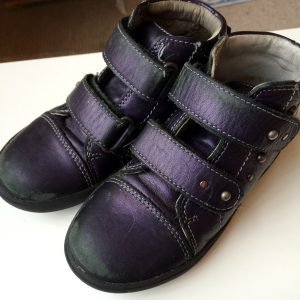 The best we could do last year was dark pearlised purple boots and she has started this term in navy and pink sandals! (Incase anyone reading has the same sort of shoe fit issues as EJ, the brands we have found that work best for EJ are Ricosta and Richter – neither of which are cheap!)
The best we could do last year was dark pearlised purple boots and she has started this term in navy and pink sandals! (Incase anyone reading has the same sort of shoe fit issues as EJ, the brands we have found that work best for EJ are Ricosta and Richter – neither of which are cheap!)
This is probably a whole other post (rant), but the “girls” school shoes selection is flooded with pumps, mary jane and the occasional brogue style shoe. Next to nothing with any ankle support. Surely it’s not just children with “official” orthopaedic issues that would benefit from ankle supportive shoes? I’ve seen a few options in the “boys” selections (although still not many in the school styles), and although I’m not swayed by the girl/boy marketing, the problem is boys styles are always wider fit, and just don’t fit EJ. I’m very excited to have come across one black ankle boot this year online from mainstream brand Startrite, so I’ve ordered them today and I hope they will be narrow enough (they do have some patent leather detailing and some decoration though, so I’m not sure if they would pass a strict school uniform test…!).
So what if circumstances had been a little different, if EJ’s academic learning was more consistent with a mainstream approach and we had chosen to send her to a mainstream school?
It made me really sad to read various stories in the news (like this one in the Guardian) about various state schools sending kids home for not wearing exactly the right clothes or shoes. As I say, I like the idea of a uniform, but I don’t understand why it would need to be so strict that kids can’t wear something comfortable?
Lots of the comments on these articles made me equally as sad, things like:
- “Kids need to learn about sticking to rules”!
But our kids aren’t in the army! They are learning all sorts of things at school, rules of all different kinds, their lives timetabled from the age of 5, why does a specific sort of trouser fabric or shoe style need to be a part of that? Some kids like to challenge rules too. Conformity isn’t the only right way, seeing things differently, being creative can be a valuable asset in life and work! Why get bogged down in a stand off about shoes when you could be supporting the next generation of great innovators!?
- “Kids need to learn about the real world. I don’t have a choice about my work uniform”
Well, (1) that’s just one small aspect of the real world and work uniforms aren’t worn in all jobs and (2) most people do have some sort of choice in that, it’s part of the deal of that job contract. Kids at school don’t have a choice, they have to go to school and, until 6th form, that school was was most likely chosen for them by their parents or the Local Authority!
For several reasons I think an overly strict school uniform can be exclusive, rather than inclusive and levelling (the very reasons generally cited for having a uniform in the first place):
1. Sensory issues
Many kids have tactile sensory issues, sensory processing issues, ASD…. and have aversions to particular clothing (labels, stiff collars, scratch fabric, waistbands, restrictive shoes….). Children constantly distracted by their clothes are not going to be able to focus properly. Isn’t it more important to make sure our kids are ready and receptive to learn to the best of their abilities than obsess over the specifics of what they are wearing?
2. Physical
The traditional school uniform is just not practical for many children with physical impairments. Long skirts, stiff waistbands, stiff collar and tie, blazer. In EJ’s case, she spends much of her day in her wheelchair or using mobility aids. She needs help with personal care and help to transfer from her chair, either with adult support to stand or using a hoist. She wears stretch fabric trousers, elastic waistbands and loose polo shirts so that she’s comfortable. Flexible clothing also makes dressing and undressing easier, currently for the adults assisting her, but in the future easier for her to do independently.
3. Highlighting difference
Some comments on these school uniform articles highlighting the issues for children with special needs and disabilities, were countered with replies like “oh, well that’s different, I’m sure the school would make exception” – I think this is the attitude that makes me most uncomfortable! Disabled children, and children with other differences from their contemporaries, are already singled out, maybe visibly so or by a hidden condition (a learning disability, sensory issue, gender dysmorphia….). All kids have enough going on trying to feel part of their school community without a big flashing arrow pointing them out as an exception. Do they really need to be made to stand out more because they can’t wear clothing or shoes that don’t match the strict regularity of their contemporaries? Perhaps even making the other kids resent them. Will some kids just go along with the ‘rules’ in order to try and fit in, and as a result be uncomfortable and distracted throughout their school day? How will that help their learning? And what of those who don’t have an “official’ diagnosis? Those who’re just fidgety and uncomfortable being restricted in shirt and tie, why shouldn’t they get to wear something more comfortable?
If we really want the uniform to act as an visible leveller then shouldn’t all kids be given the same flexibility?
I guess this is a request to all schools to think about how their policies affect ALL kids (and also to retailers to provide uniforms for all needs too – especially supportive shoes for girls!) and to think about making their school uniform policy inclusive, as a small step in helping make the school community and therefore future society more inclusive.
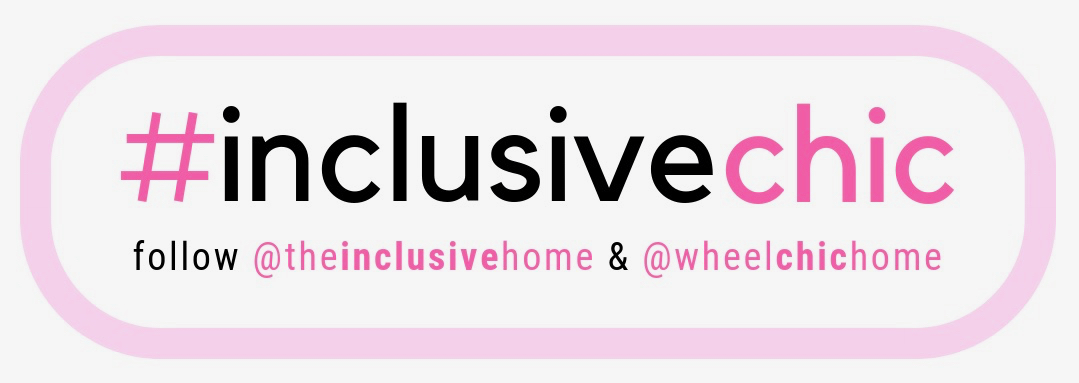
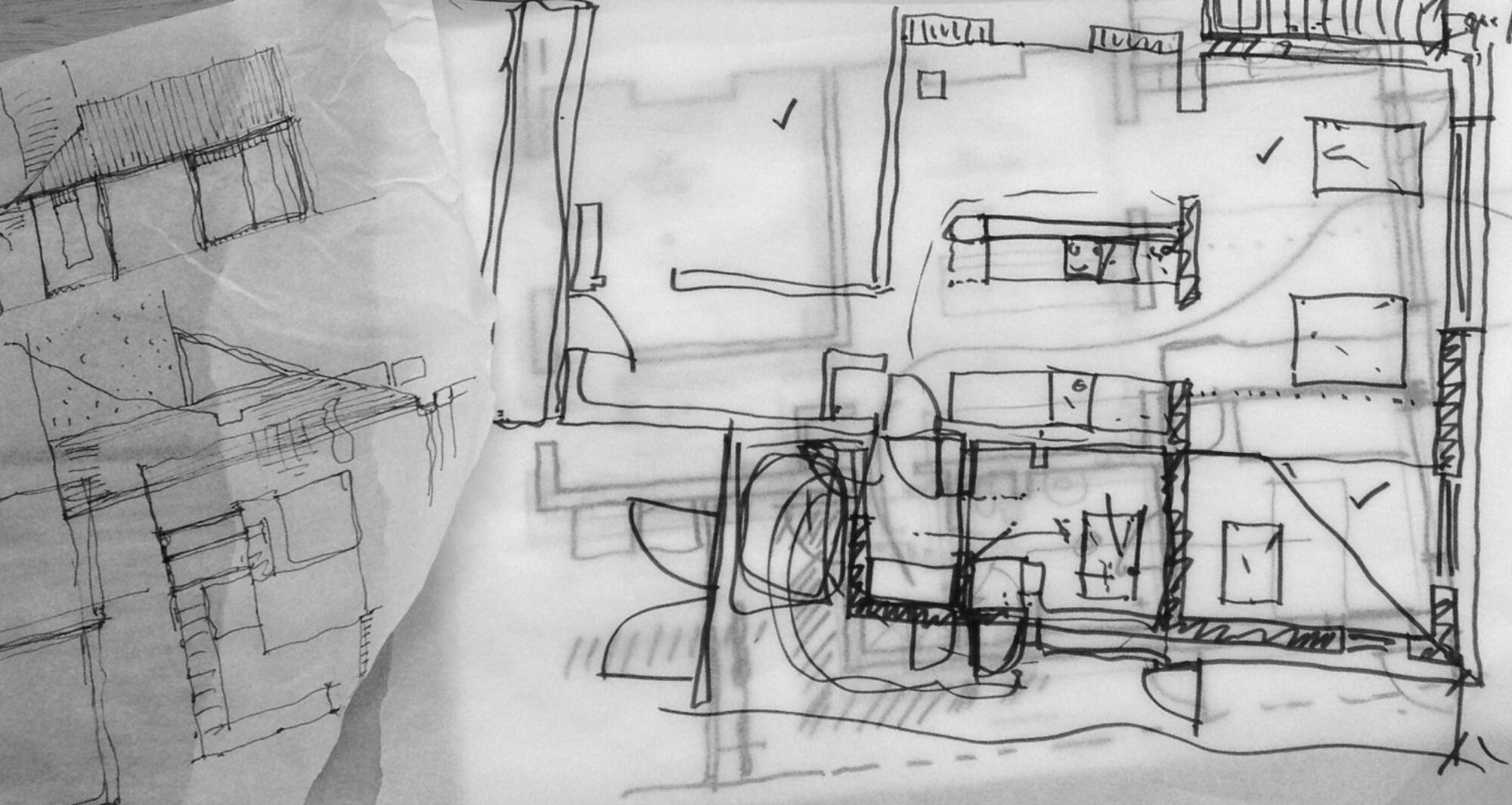
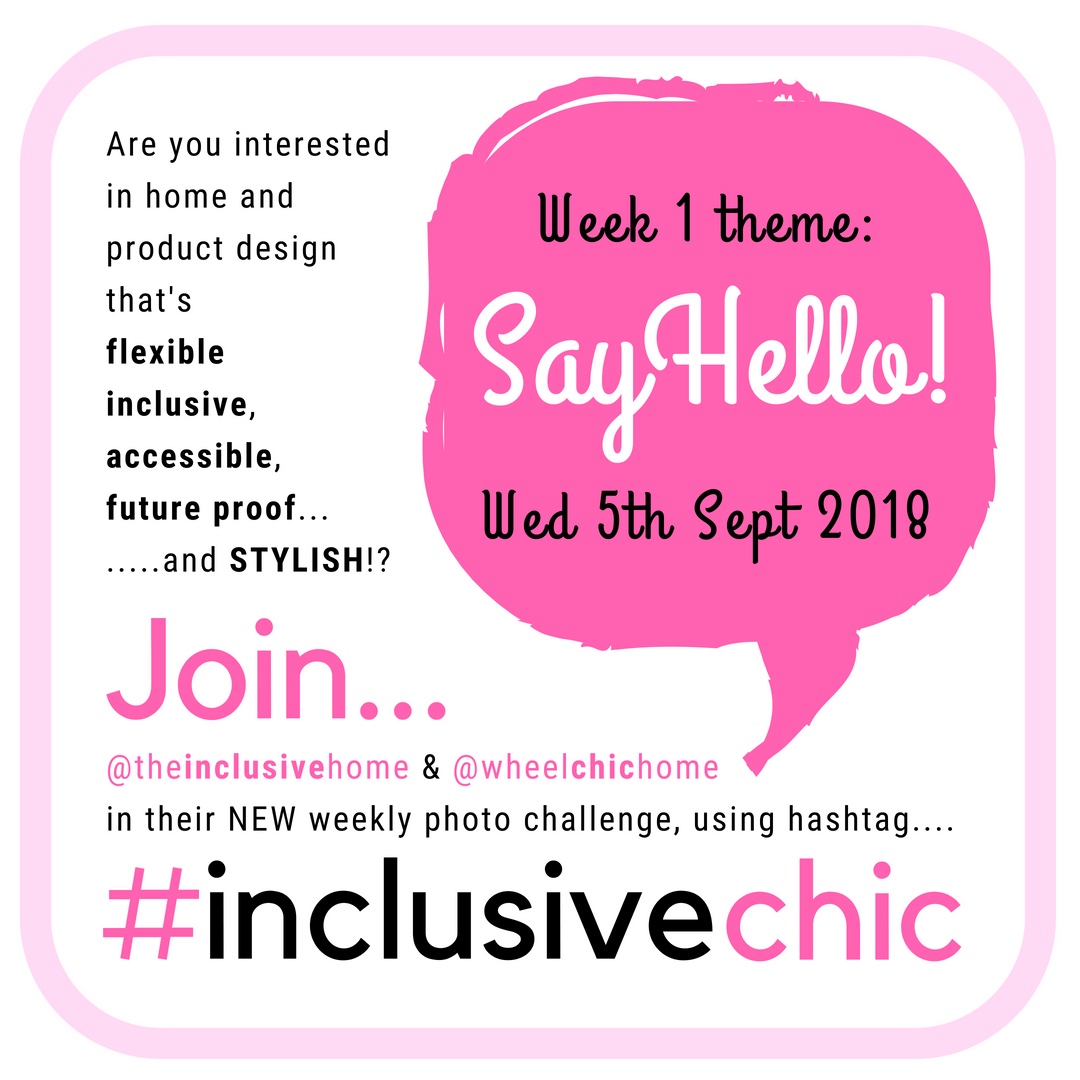
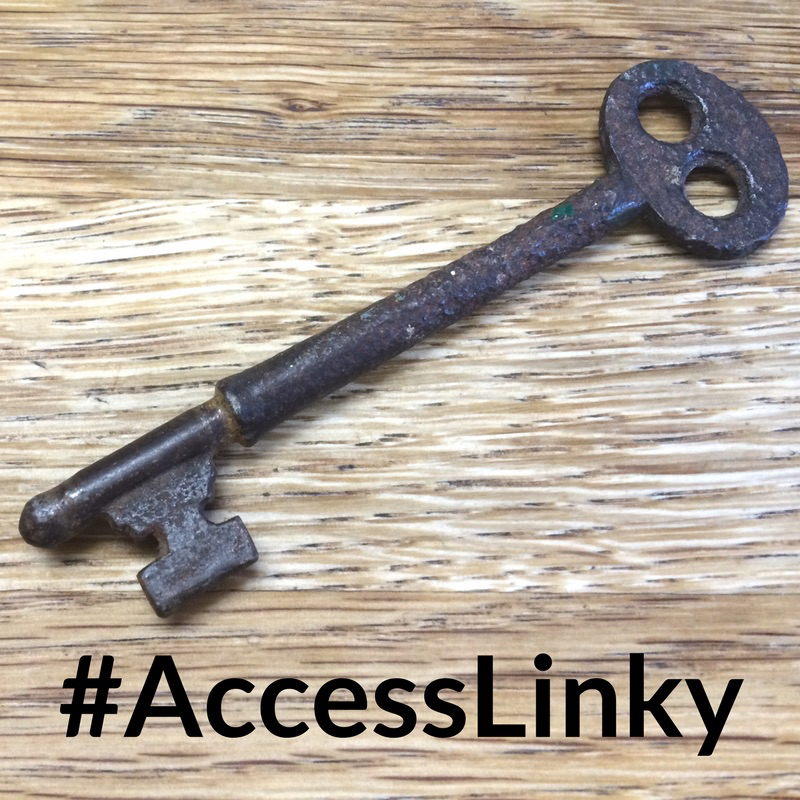
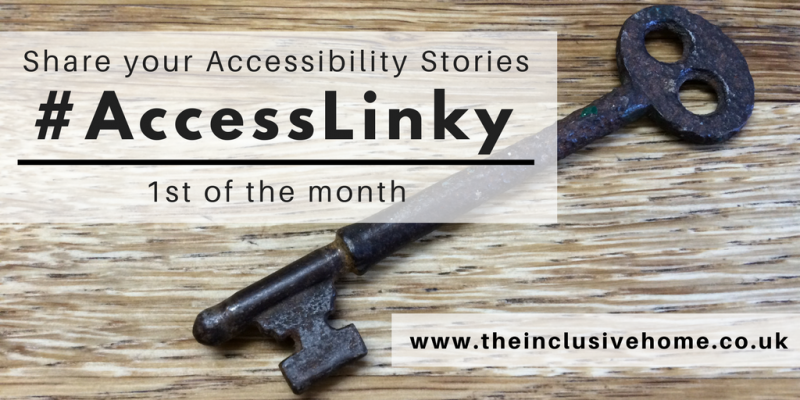

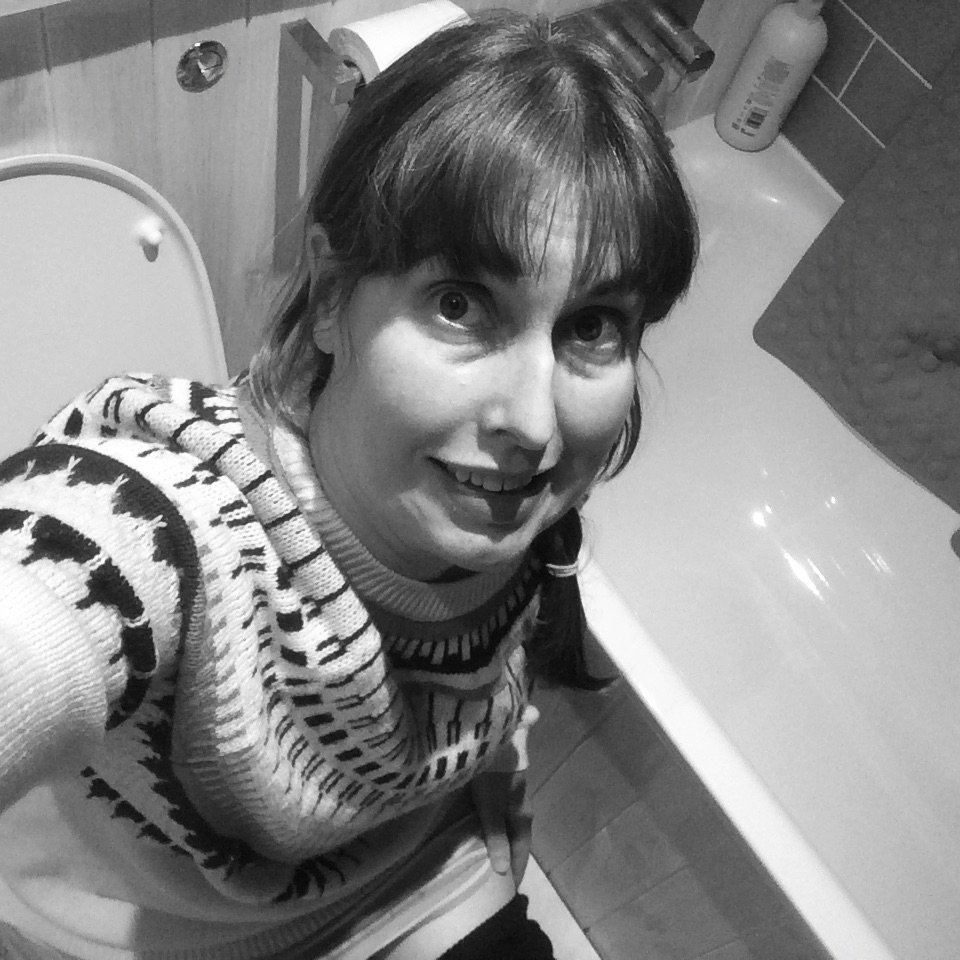
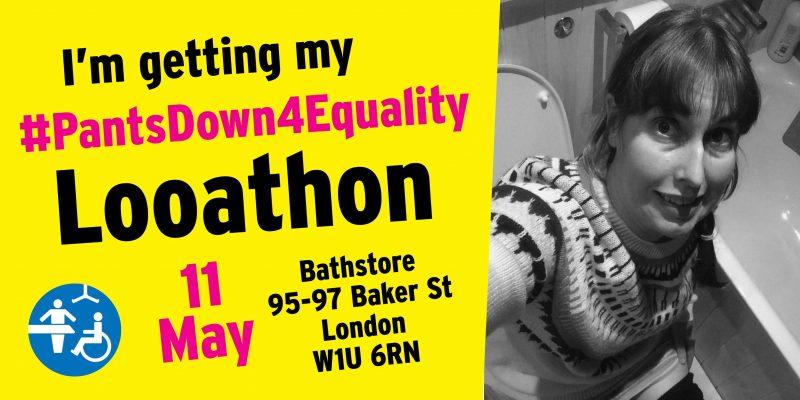
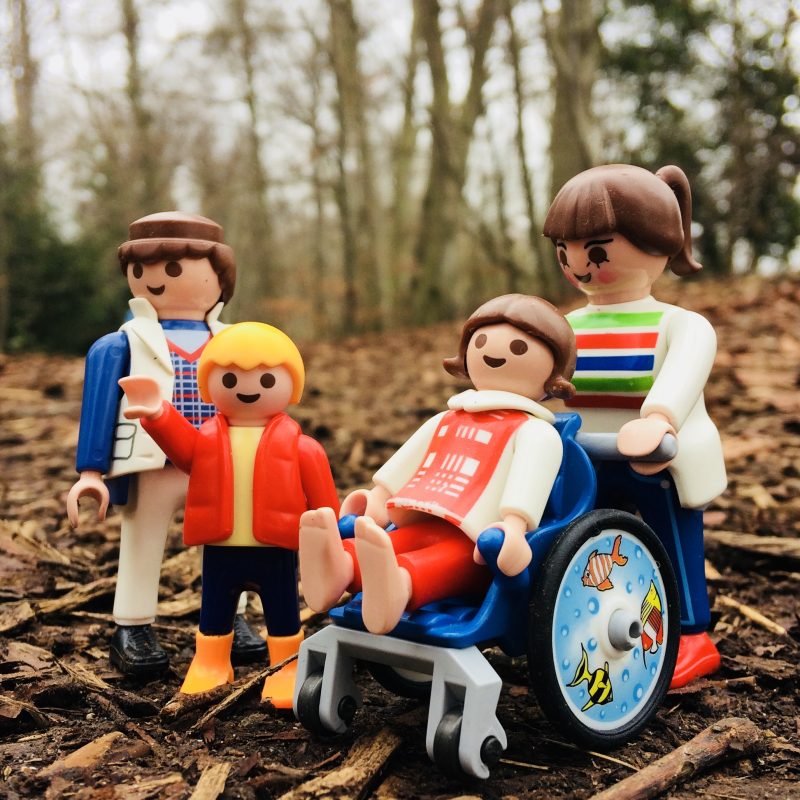 In London you can count on one hand the number of changing places toilets in the West End.
In London you can count on one hand the number of changing places toilets in the West End.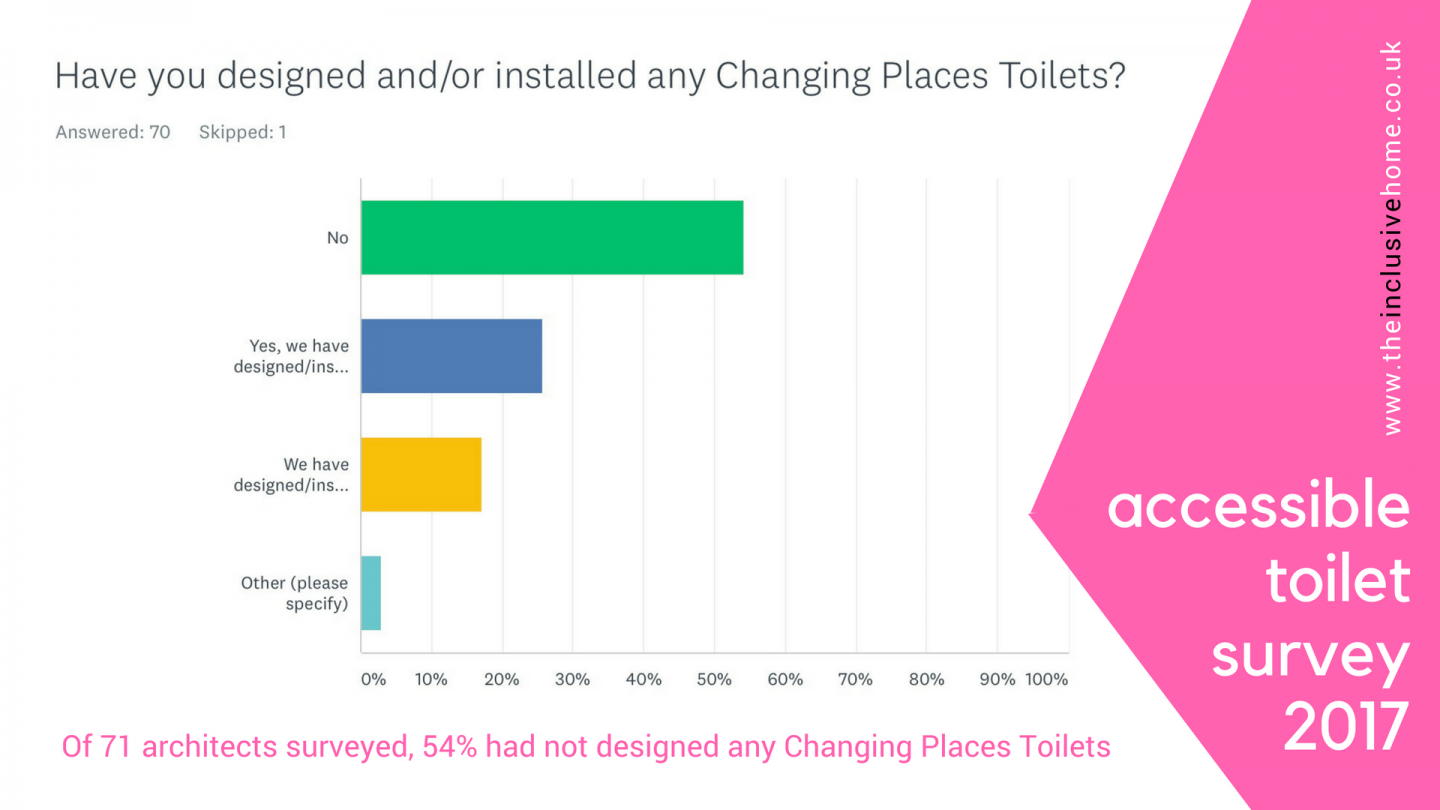



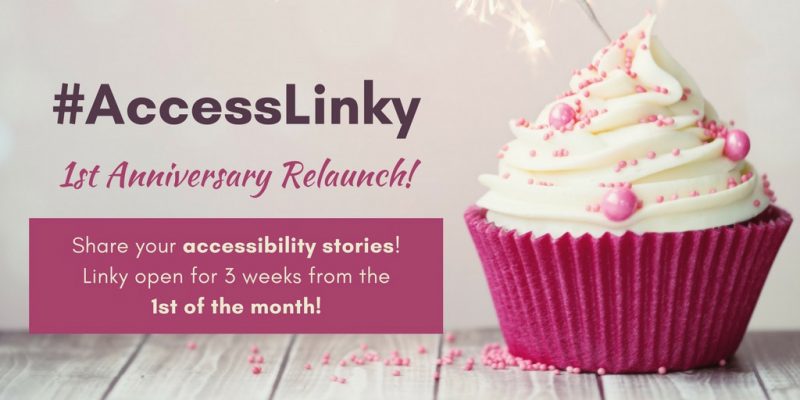
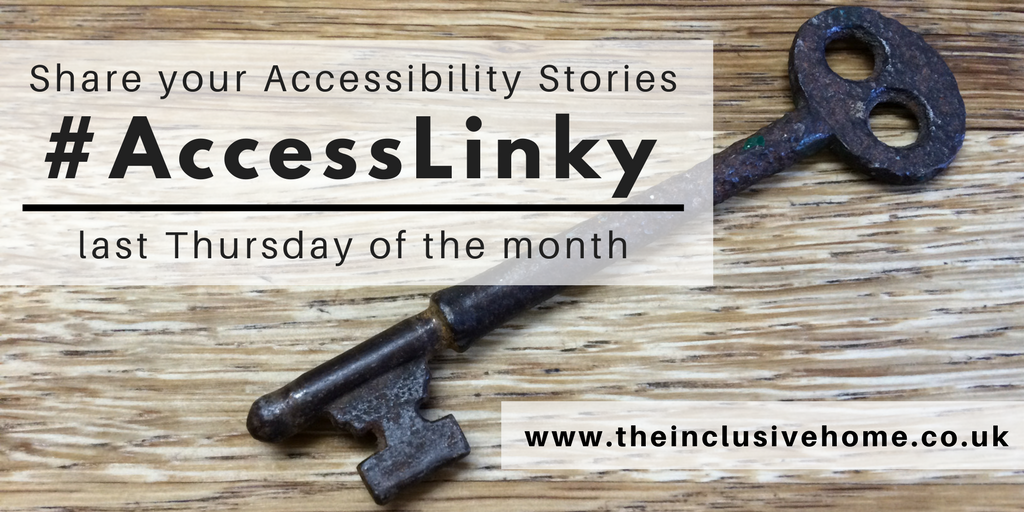

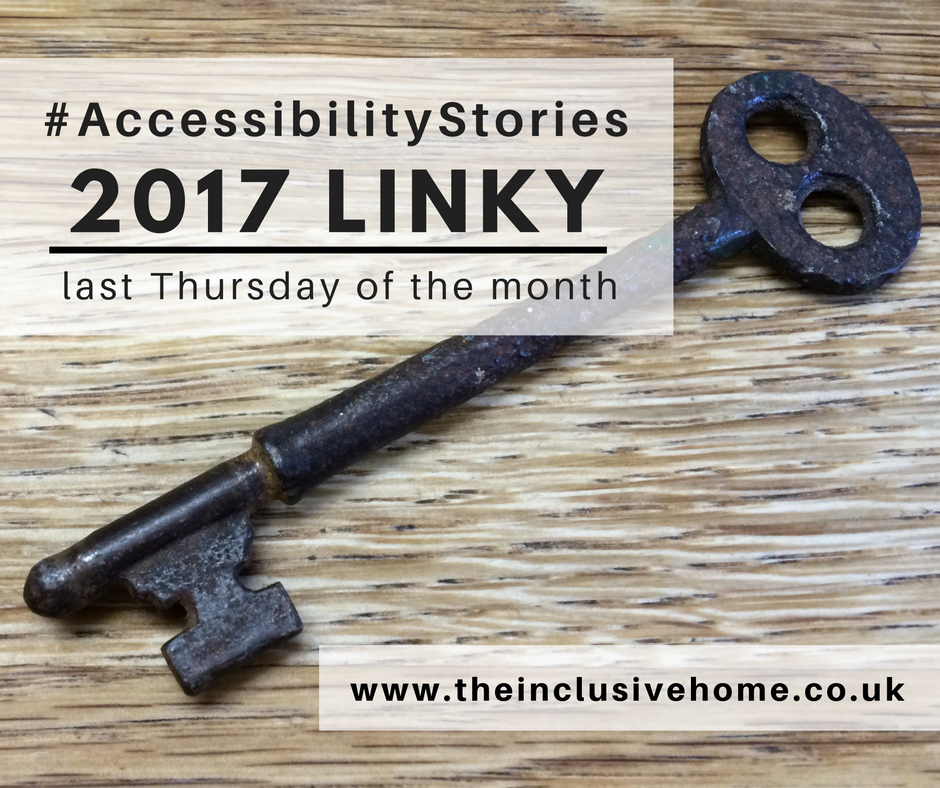
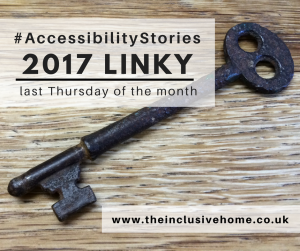
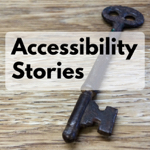
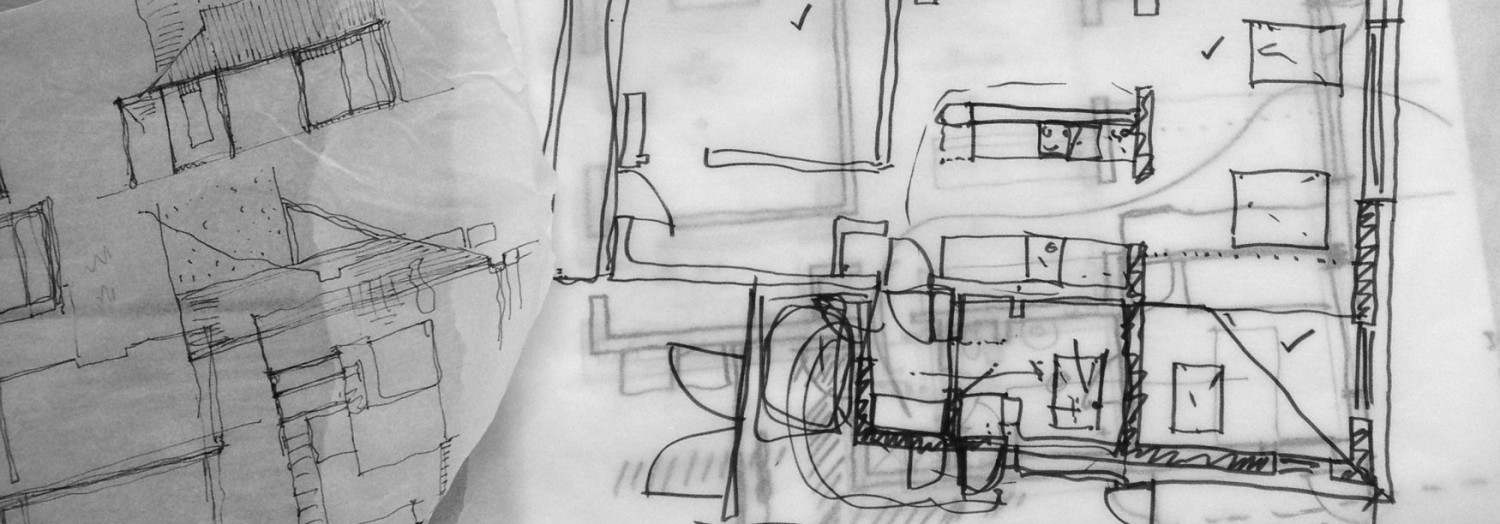
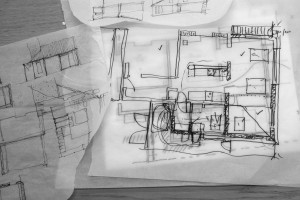
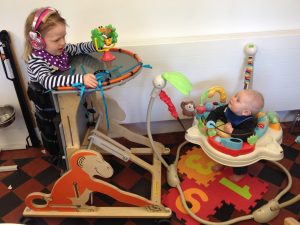 Somehow the idea that inclusive design (or even better accessible or universal design) is of benefit to us all, isn’t being embraced! I guess if you are young and fit it’s easy to be oblivious as to how our environment and buildings can make life difficult (or even impossible) for some people, but if you get injured and have to use crutches or a wheelchair, or even try to push a pram or wheel a large suitcase around, the environment can suddenly appear very inhospitable.
Somehow the idea that inclusive design (or even better accessible or universal design) is of benefit to us all, isn’t being embraced! I guess if you are young and fit it’s easy to be oblivious as to how our environment and buildings can make life difficult (or even impossible) for some people, but if you get injured and have to use crutches or a wheelchair, or even try to push a pram or wheel a large suitcase around, the environment can suddenly appear very inhospitable.
